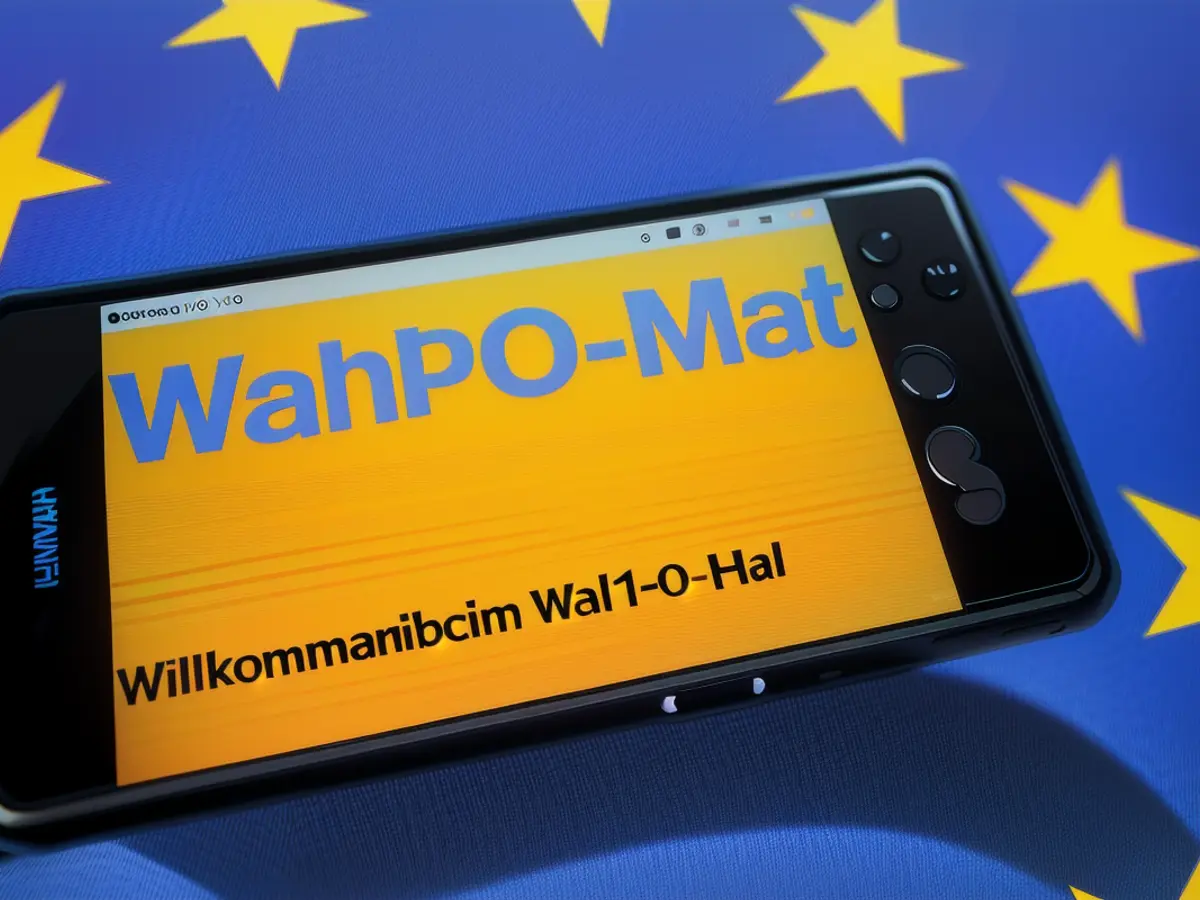Upcoming European polls - The Wahl-O-Mat Explained: Operation and Available Options
On the 9th of June, Europeans will be voting for the European Parliament. While this election is significant, many voters often only know the broader viewpoints of the parties contending for their votes. To help simplify the decision-making process and motivate voters, a tool called "Wahl-O-Mat" has been around for a few years now. This is offered by the Federal Center for Political Education (BpB) and assists curious citizens in discovering which party best aligns with their own beliefs by answering basic questions.
Wahl-O-Mat for the European Election - 38 Theses Can Simplify the Choice
The way Wahl-O-Mat works has been well-known and popular for both state and federal elections as well as for the European elections. This year, a total of 35 parties have been approved to compete, alongside major parties like the CDU, SPD, Greens, and FDP, there are also a number of smaller parties seeking support from voters. The plus for smaller groups is that there is no five-percent threshold in place for the European elections, boosting their chances of making it into the parliament.
Similar to previous years, the Wahl-O-Mat is based on fundamental questions and theses that voters can evaluate using "vote for," "vote against," "neutral," and "skip this thesis." For this election, there are 38 questions in total. Important issues for voters, such as asylum policy, international conflicts, and climate protection, are likely to be the subjects of many parties' manifestos.
Experts Say: Wahl-O-Mat is Just a Decision Aid - Scrutiny from a Major Competitor
Wahl-O-Mat's creators stress that their goal isn't to make decisions for voters but merely to aid them. Criticism of the Wahl-O-Mat has usually centered around the potential for it to imply a vote for a specific party, even if certain beliefs may conflict fundamentally.
Criticism is also coming from the largest "competitor" of the Wahl-O-Mat: The "Wahlswiper." This was a popular option in past elections. Wahlswiper was developed via a partnership between the Albert-Ludwigs-University of Freiburg and other universities and organizations such as the Ludwig-Maximilians-University of Munich, the New Osnabrück Newspaper, or the United Nations Society Nuremberg e.V. However, the European election has seen this Wahl-O-Mat alternative being shunned by some Bundestag parties. Matthias Bannert, the Project Lead for Wahlswiper, commented on this in "The West", stating that "after seven years of fruitful cooperation, the Bundestag parties CDU, CSU, SPD, Greens, Left, and FDP have agreed among themselves and rejected all our theses."
It's a remarkable stance by the Union, SPD, Greens, FDP, and Left, deciding which voting tools should be available versus not. It's also regrettable that these parties won't share their party programs or speeches openly, as Bannert further explains.
Those loyal to Wahlswiper don't need to lose hope entirely, as the developers have boiled down the assumed answers of the parties from their party programs and the speeches of associated politicians.
Other alternatives include the "Social-O-Mat", focusing mainly on social political issues, and the "Voting Test," where users make their own political decisions, and after, it's revealed which party would have made a similar decision.
Sources: Wirtschaftswoche, Der Westen, Südwest Presse
Read also:
- To help navigate the upcoming European elections, voters can utilize the "Election-O-Mat" tool offered by the Federal Agency for Civic Education in Germany.
- The Bundestag is witnessing a shift in the election landscape with 35 parties competing, including major parties like the CDU, SPD, Greens, and FDP, as well as smaller parties due to the absence of a five-percent threshold in European elections.
- Top news outlets like Wirtschaftswoche and Der Westen have reported on the controversy surrounding the Wahlswiper, a popular decision-making tool in past elections, being rejected by several Bundestag parties for the EU elections.
- As the European elections approach, numerous decision-making tools are available to aid voters, such as the Wahl-O-Mat, Social-O-Mat, and the Voting Test, each focusing on different aspects of politics, with the EU Parliament and Top European news outlets providing valuable information for voters.








